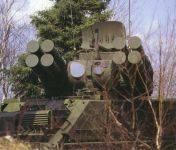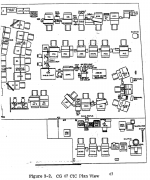The DRF breaks down a lot further than that. What you're looking at is the programs, but within the programs it's broken down further.
So "Ready Forces" breaks down into "Land Ready Forces" (Army) which breaks down into
Collective Training
Individual Training
Land Service Support
Land Readiness Management
Canadian Ranger Programs
Land History, Heritage, COMREL (seems kinda dishonest to include this in Land Ready Forces)
Support to Operations (aka Force Gen costs for an Op)
And all of those breakdown further.... it's like that for every "program." Without seeing how it's broken down there's not much useful information to be gained.
Then there's also the execution problem that affects data integrity..... the Army has been funding and capturing all of our PCF courses which are clearly an IT cost, as Collective Training, for years now.

Also all the Base Maintenance, Transport, Supply, etc. functions fall under program 6, the sustainable bases one..... so that should probably be all captured under Land Ready Forces for a Base like Edmonton, Pet, Gagetown since all that money is actually going towards sustaining the Land Ready Forces stuff but hey.....




